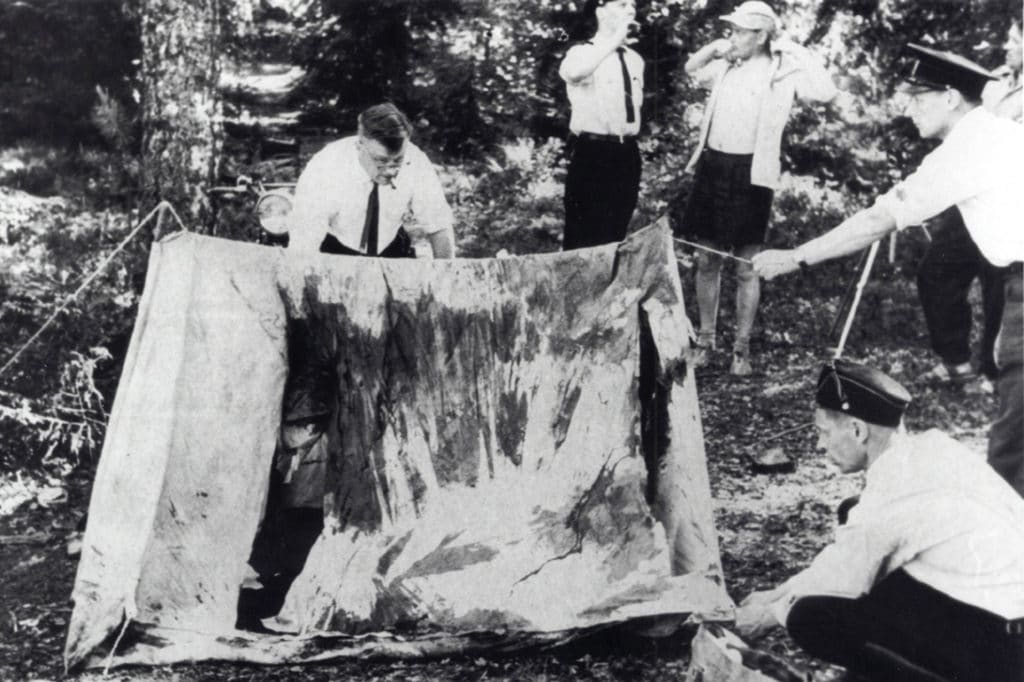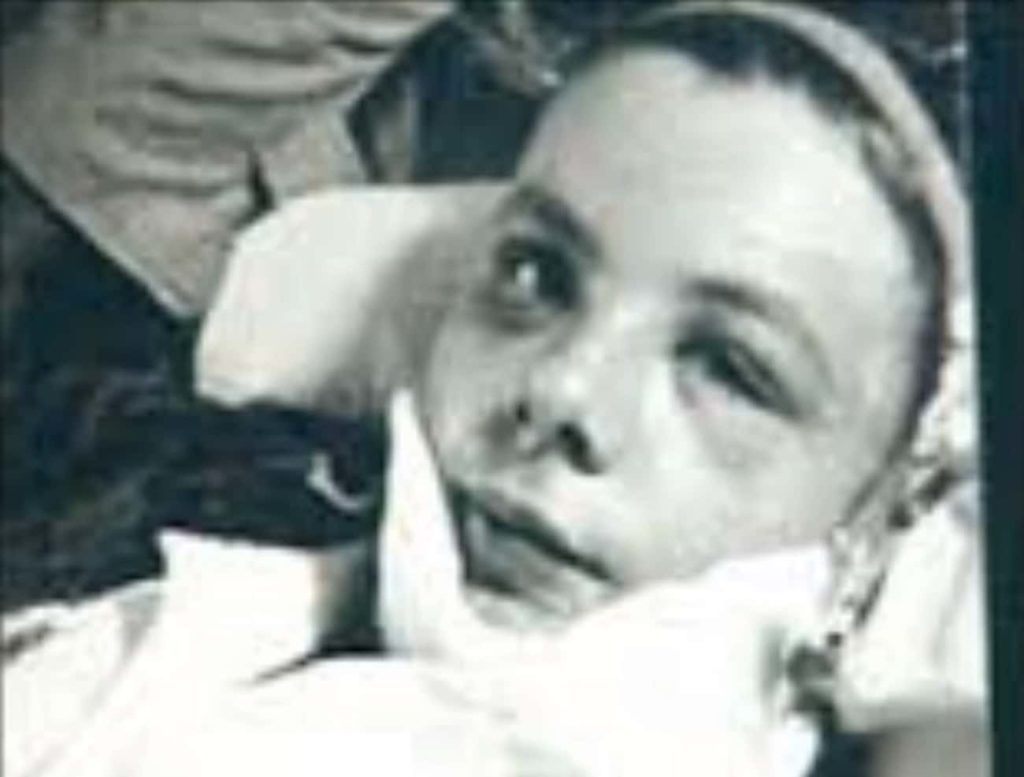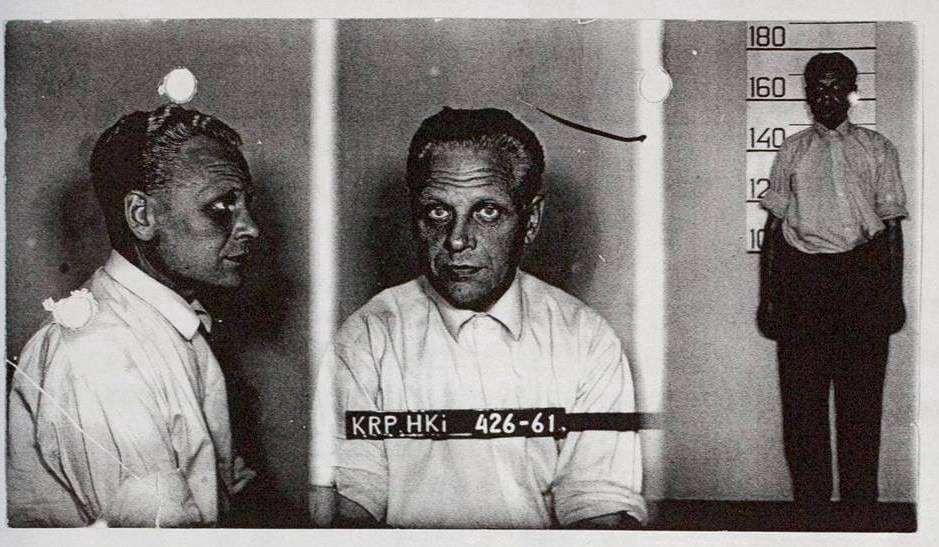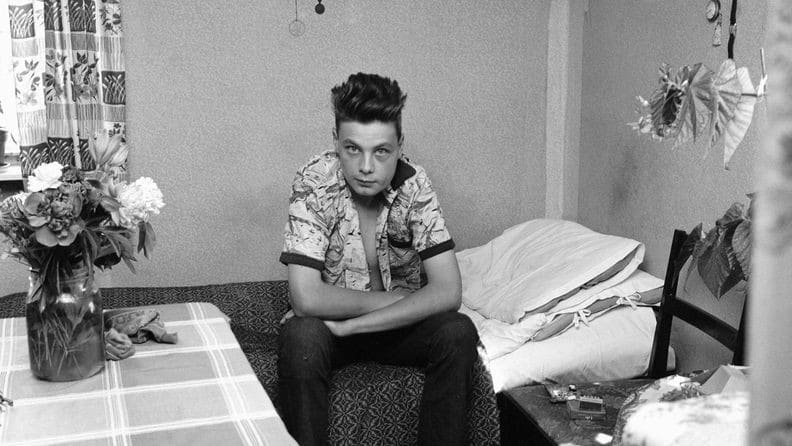Last updated on July 22nd, 2022 at 07:12 pm
Lake Bodom is a beautiful, serene place. It’s the perfect spot for a summer picnic or a weekend fishing trip. But in 1960, this idyllic location turned into a scene of horror.
On June 5th, authorities found four teenagers brutally murdered at the lake. The murders have never been solved, and to this day, they remain one of Finland’s most notorious unsolved crimes.

Why Were the Teenagers There?
It was a trip of two couples who were all friends. The two young women, Maila Irmeli Bjorklund and Anja Tuulikki Maki of Espoo were only 15 and decided to take a trip to the campground at Lake Bodom with their boyfriends. Seppo Antero Boisman and Nils Wilhelm Gustafsson, who were 18, accompanied them to the well-known campsite at Lake Bodom. The night went off without a hitch, and the couples enjoyed themselves without incident.
The Mysterious Murders
There are several accounts of the events, but most sources tell the same story. Disaster struck the campground between 4 AM and 6 AM on June 5th as three of the four teenagers were stabbed and beaten to death through their tents. Unfortunately, Bjorklund, Maki, and Boisman were killed from stab wounds and blunt force trauma. All three had multiple injuries on their bodies, but Bjorklund appeared to have the worst of the attack, apparently stabbed even after her death.

Gustafsson was the only survivor of the attack and left the horrific scene with a concussion, a fractured jaw, and several broken facial bones. Maki and Boisman’s bodies were found inside the tent, while Bjorklund, naked from the waist down, was found in the tent. However, an eyewitness from a bird-watching group claims they stumbled upon the scene around 6 AM when they noticed the collapsed tent on the lakeshore. They mention seeing a blonde man walking away from it.
Then, much later, around 11 AM, the bodies would be discovered by Risto Siren’s carpenter. Siren alerted the police as soon as he realized what he was looking at; the police arrived sometime around noon.
A Confusing Investigation, A Messy Crime Scene
What followed was a catastrophe for the police. There were no clear suspects, and the crime scene was a mess. Unfortunately, Gustafsson’s injuries prevented him from giving a clear account of what happened, and there was little else to go on.

Gustafsson could only remember that he had woken up to find his friends dead and the killer’s description. He described the killer as a tall, blonde man with long hair, red eyes, and dark clothing. In addition, authorities discovered some other odd pieces of evidence; some items were missing from the crime scene.
For instance, the teenagers drove motorcycles to the campsite, but the keys were missing, and the motorcycles were still there. Gustafsson’s shoes were also missing but were later found, approximately half a mile from the tent, along with parts of his clothing. Unfortunately, the murder weapon wasn’t recovered.
The Police Attempt to Save Face
However, this is the only concrete evidence the police would have to go on as the crime scene became heavily contaminated and trampled. In addition, the police did not secure the location correctly, and people were allowed to wander around freely, which led to the destruction of any potential evidence. The police attempted to rectify this grave error by calling the military to search for any evidence, but the military never uncovered anything new.
Suspects In the Case
Despite the poorly handled investigation, the police did have some suspects in the case, yet the likelihood of discovering the culprit was slim. One of the first likely suspects was Karl Valdemar Gyllstrom, also known around the community as “Kioskman” because he owned and operated a stall near Lake Bodom. It was well-known that Gyllstrom was, at times, hostile towards children and campers around the Lake.
Sometimes when he was in an angry mood, rumors would say that he would throw rocks at hikers and other visitors; it was reported that Gyllstrom was seen leaving the crime scene, but he was never officially charged. At this point, people believed that he snapped and brutally attacked them; the theory took hold when Gyllstrom committed suicide in 1969, but not before supposedly drunkenly confessing to the murders.
His wife came out afterward, rescinding her statement, saying he was innocent because he had threatened to kill her if she told the truth. Police had other leads, such as Pauli Luoma, who was in the vicinity of the teenager’s campsite. However, his confirmed alibi had him in another town that night. A less than credible source named Pentti Soinenen confessed the murder to his cellmate. Other than his confession, there was little pinning him to crime.
The case even followed the trail of a former KGB agent named Hans Assmann. After the murders, Assmann came into the Helsinki Surgical Hospital with dirt under his fingernails and blood on his clothes. They didn’t specify why he was there for treatment, but later, officials discovered that he also had an alibi.

It seemed that the police would never find the killer, and the only possible suspect at this point was Nils himself. No one could explain how Gustafsson survived the attack, but the case eventually went cold.
Gustafsson Guilty?
Until 2004, Assmann was the public’s favored suspect, yet officials reopened the case when new technology around DNA became available. After 44 years, Gustafsson had lived his life, married, had a family, and eventually retired from his working life. Yet, surprisingly, new DNA evidence pointed to the lone survivor of the murders, Nils Gustafsson, and he was charged on suspicion of murdering his three friends. Moreover, blood evidence was found on his shoes, discovered quite far from the crime scene.

Another factor in the case that pointed to Nils was the idea that Bjorklund’s injuries, especially the one’s post-mortem, indicated that murdering her was an act of passion. The prosecution believed that Nils and his friend Boisman got into a heated argument over Bjorklund; however, Nils denies the claim. However, the prosecution used a witness staying near the campsite who claimed to have heard an idea.
The witness said she saw Boisman and Gustafsson arguing during this argument, and Nils had been quite drunk. In a fit of jealousy, they got into a fight that would explain Nils’ fractured jaw, after which they banished him from the tent. Later, he would come back in a fit of rage, stab his friends through the tent, and cause self-harm. Although, there were holes in the prosecution’s case, and the star witness could not remember key details from that day. Then the 45 years of silence diminished her credibility even further.
Ultimately, Nils was acquitted of all charges, holding to his original story, and freed. However, the case still has many unanswered questions, and it seems that the real killer will never be known for sure.
It’s unlikely we’ll ever know what happened on that fateful night. And so, it seems that in addition to affecting Finnish folklore, someone successfully got away with murder.

